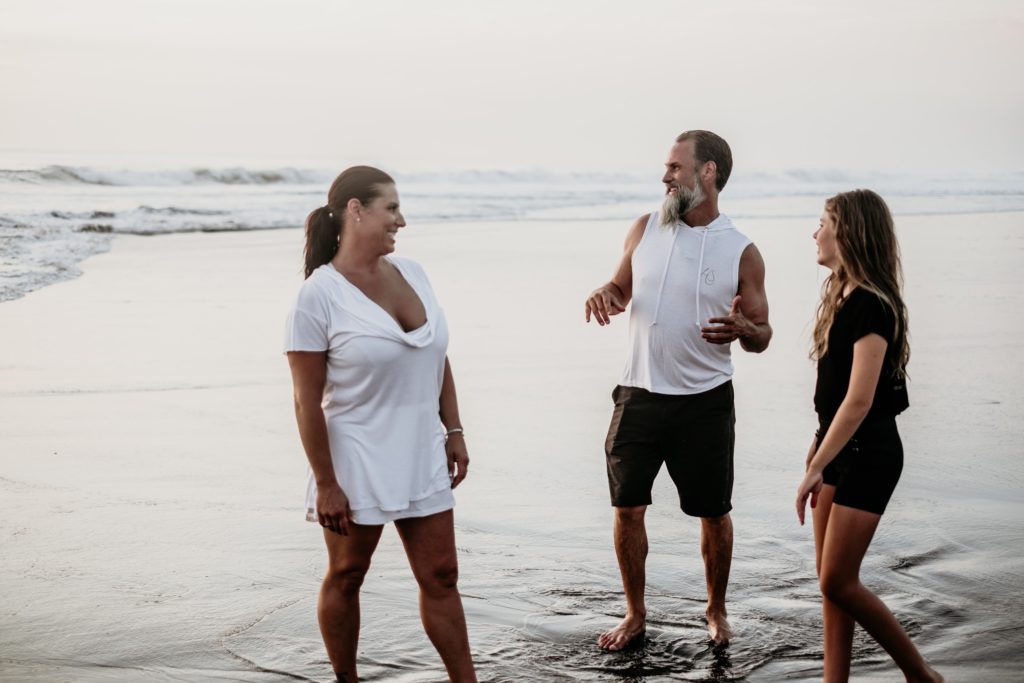Hanalei Swan’s, HS Styles is carving out a niche for itself in the fashion market. Not only due to the fact that the founder is only 14 years of age but also because the company is taking a firm stance on sustainable fashion. Since its inception, the young designer knew that she wanted to do things differently.
Hanalei Swan could have taken the easy route out. During the birth of her brand, a venture capitalist approached her and offered $30 million for rights to her business. The only drawback? He wanted to move production to China or India and seemed less concerned about environmental impact or worker welfare. In a rare demonstration of resolve, and integrity, Swan politely declined the offer in favor of production facilities near her home, in Bali.
The problem with microplastics

Swan is on a crusade to educate the world about the benefits of sustainable fashion. To begin with, she wants everyone to know about the drawbacks of man-made fibers. The main issue with these fibers is that they are derived from plastics. As the clothes are washed, and worn, particles of plastic begin to separate from the main garment. These microplastics seep into the ecosystem. The fragments are so small that they are invisible to the naked eye. However, just because you can’t see them does not mean they are any less insidious. Ingested by animals, they work their way up the food chain. Like all food chains, it is the apex predators at the top who end up imbibing most of the poisonous materials. In this case, the apex predator is mankind.
Why fast fashion isn’t sustainable

Apart from the fact these materials are poisonous to humans, they’re also incredibly long lasting. Conservative estimates suggest that some of these plastics will remain in the ground, sea, or air for decades to come. So it could be best described as a cumulative problem – each additional piece of plastic worsens the situation. Fast fashion has spawned an entire industry that races to produce cheap, up to the minute fashion items: a system that relies on materials like polyester (plastic) to meet demand. Fast Fashion is, by nature, here today and gone tomorrow. After a short life, most of it ends up in the trash. Since polyester takes years to decompose, experts reckon that up to 7.7% of US municipal solid waste, which is in landfills, is made up of textiles.
Are natural fabrics the answer?

So how is HS Styles combating the microplastic problem? Quite simply, by choosing fibers which are naturally grown, and not directly harmful to the environment. Furthermore, these fabrics tend to have a gentler production process, which lessens the potential harm to the environment. Two of HS Style’s more esoteric fabrics of choice are modal and bamboo.
- Bamboo is one of the fastest-growing, least demanding crops on earth. This means that it is a dream for farmers and landowners. They can happily leave the plant to its own devices, safe in the knowledge that it will grow and flourish quickly. Swan says, “Bamboo limits soil erosion and even improves the soil’s fertility. It also grows on its own and replenishes itself, so there’s no need to replant.” The fibers that are made from the plant are also moisture wicking, absorbent and comfortable: perfect for a high-class fashion designer.
- Modal is an interesting material, usually made from Eucalyptus or from the pulp of birch trees. Compared to cotton, modal does not use any harmful chemicals in its production and only 50% of the water. The resulting fabric is 50% more absorbent than cotton, making it a good choice for hot climates.
A glimpse of the future?

But Hanalei is not the only member of the Swan family to get in on the eco-friendly act. Recently, her father, and online entrepreneur, Brian Swan, co-founded Unstoppable Beard: a range of sustainable beard care products that promises to benefit your facial hair as well as the ocean. With her father’s obvious influence, and the fact that she’s lived in over 50 countries – encompassing six continents – Swan is connected to nature; connected to the earth. However, it wasn’t until she settled in Bali that she became acutely aware of the growing amount of plastic washing up on her beloved beaches. Given that her family’s pastimes revolved around the ocean, this became a sobering, daily reminder. The truly clever part is how this young fashion designer has managed to combine two completely disparate worlds. High fashion is normally portrayed as a world of glamour and excess, not an environment where one reflects on humanity’s deeper concerns. However, Hanalei Swan’s youthful exuberance has prompted her to bridge the divide, perhaps pointing the way to the future of all businesses.




